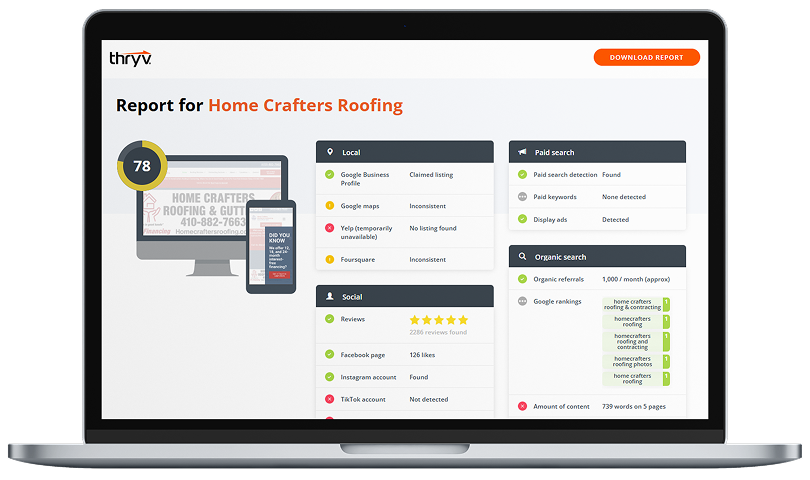Your business logo is a powerful tool, and over time you’ll invest a lot in it. It will appear on your advertising and may one day become synonymous with your goods and services. As a small company, choosing the right logo is important, and there are lots of design companies out there that will help you select the right image for your needs. Think of your logo as the artistic representation of your brand. It may take a while for you to settle on the right look, but once you do, you’ll want to protect it.
The logo you choose for your business will have some limited regional protection when you begin using it, but to nationalize and prioritize your logo, protect it from exploitation, and use it internationally, you’ll need to trademark it.
What Trademarking Does for Your Logo
Domestically – When you trademark your design, you effectively annex it for your sole use. Others will be unable to trademark it for themselves, and if they do use it, or something similar, you’ll have solid grounds to sue for infringement.
With a trademarked logo, foreign companies will not be able to import goods using a similar logo. This may seem unlikely, but there are lots of companies importing into the U.S., and misunderstandings can arise when someone selling a similar product has a logo that’s easily confused with yours. This could be accidental, but if your products become popular, it could be intentional too.
Selling overseas – If you want to grow your business by expanding into foreign markets, you’ll find it’s almost impossible to do so without a trademarked logo.
How to Trademark a Logo
Logos are trademarked through the U.S. Patent and Trademark Office (USPTO). The entire process can take anywhere from 10 months to a number of years. The biggest hurdle to successfully completing a trademark application is the time involved in performing a comprehensive search to determine that a logo hasn’t already been trademarked, or applied for, by someone else.
The search is essentially performed twice: once by the applicant or his agents, and again by the trademark office itself. The first search is done by the applicant (you) to make as certain as possible that the logo is available. If you don’t perform a search and the logo is unavailable or deemed too generic to trademark, you won’t be able to use it, and you’ll have wasted the application fee you paid to apply.
To perform a search successfully, there are a number of ways to go:
- You can hire a patent attorney to do the work for you. This can cost $5,000 or more.
- You can hire a logo design firm that will perform a trademark search prior to finalizing their work. There’s merit in this because you’ll be killing two birds with one stone. You may also have legal recourse if the design is rejected by the trademark office later.
- The third option is to do the research and apply for a trademark yourself. The USPTO has a huge, searchable database where you can do the research, but there’s still the very real possibility that you’ll miss or misinterpret something and your application will be rejected.
Once you’ve done your due diligence and are ready to submit an application, you’ll have to determine how many industry and market segments, called “classes”, you want to apply under. You can submit the final forms either via mail or online. Once submitted, it may take months to hear back, and you could receive a request for additional information before the final ruling.
After you’ve obtained a trademark for your logo, it will have to be renewed between the fifth and sixth year after the registration date, again during the tenth year after the registration date, and every 10 years thereafter. You may also want to invest in a service that will conduct regular “trademark watches” and alert you to possible cases of infringement.





